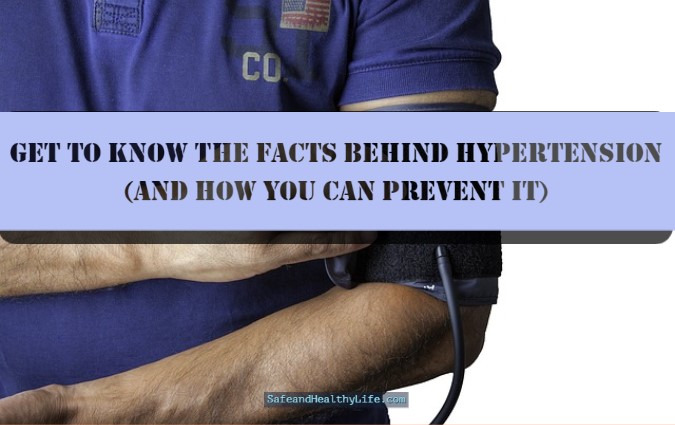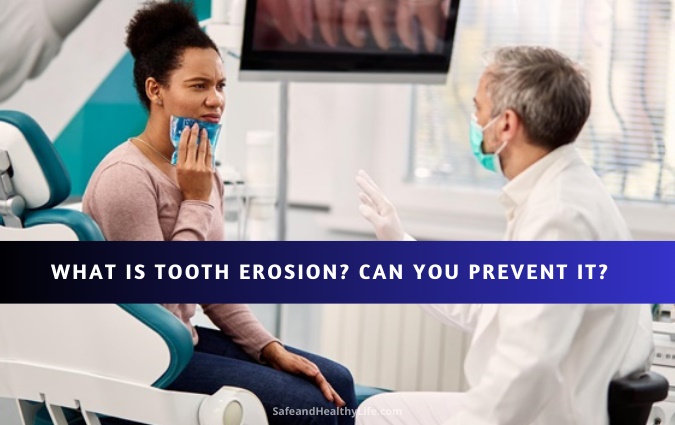
Hypertension is a condition that affects women and men around the world. It has no limits to who it reaches and contributes to some of the highest death rates in America.
Learn the facts behind this silent killer as well as the steps you can take along with Michael Cavanagh, MD to keep it under control.
What Is Hypertension?
Hypertension, also known as high blood pressure, is used to describe the force of blood in the vessels. When it is too strong the circulatory system will pump blood harder and cause damage to the heart and arteries.
It is called a silent killer because there are no symptoms before the damage is done. It is possible the first time a person finds out they have hypertension is when they have a heart attack or a stroke; that’s why prevention is considered so important to a person’s overall healthcare.
What Does High Blood Pressure Really Mean?
Blood pressure readings consist of systolic, which is the first number, and diastolic, which is the second number. Systolic is the amount of pressure the blood puts on the artery during a heartbeat.
Diastolic is the amount of pressure the blood puts on the artery between heartbeats. There are several categories to consider when someone is checking their blood pressure.
Normal numbers for systolic is below 120 and diastolic below 80. The next level is elevated with numbers ranging on average between 120 to 129 for systolic and under 80 for diastolic.
This all leads up to the first stage, also known as stage 1, with the systolic being 130 to 139 and diastolic 80 to 89. Stage 2 is systolic 140 or higher and diastolic is 90 or higher. The next level is considered a crisis with systolic being over 180 and diastolic over 120.
Any of the three stages could be an indicator of upcoming issues related to the cardiovascular system.
How Does A Doctor Treat Hypertension?
Treatment for hypertension is two-fold; first, there are life changes that will help the treatment process. Changing a person’s diet can be just what is needed to get the job done.
The DASH diet, which is eating more fruits, vegetables and low salt, is a good place to start. Salt should be no more than 1500 milligrams during a day to keep hypertension down. Exercise is important in this equation and it has to be regular.
One of those exercises should include cardio that goes for 30 minutes to an hour a day.
Quitting smoking will help greatly as well as losing weight if someone needs to.
Medications given depend on the level a person falls into with the systolic and diastolic readings as well as whether lifestyle changes work. There are several medications that are good for the condition like ACE inhibitors and beta-blockers.
What Are The Risk Factors?
There are several risk factors for having high blood pressure; some of the risks a person can control and some they cannot.
- Age (primary hypertension) is something that can’t be changed, as a person gets older their risk increases.
- Family history is another thing to consider, so ask family members if there is hypertension in the family.
- Kidney diseases can also cause high blood pressure. The opposite is true as well. High blood pressure can cause kidney diseases or worse kidney failure.
- Drugs like alcohol and cigarettes are one of the most popular causes of high blood pressure.
- Diabetes can cause high blood pressure or hypertension.
- High cholesterol and unhealthy eating habits can easily cause high blood pressure. It is essential that people with high blood pressure follow a healthy and strict diet as well as exercise daily.
- Stress is also a leading cause of high blood pressure.
- Too little potassium in the diet can cause high blood pressure as potassium helps the muscle cells to relax, lowering the blood pressure.
About The Author:
Anne Kamwila is a freelance content writer and a digital marketer. She is passionate to write on health, technology, and business-related guides, news, and books.


![3 Breathing Techniques Which Relieve Anxiety [And The Science Behind Them] Breathing Techniques Which Relieve Anxiety](https://www.safeandhealthylife.com/wp-content/uploads/2021/09/Breathing-Techniques-Which-Relieve-Anxiety-150x150.jpg)

